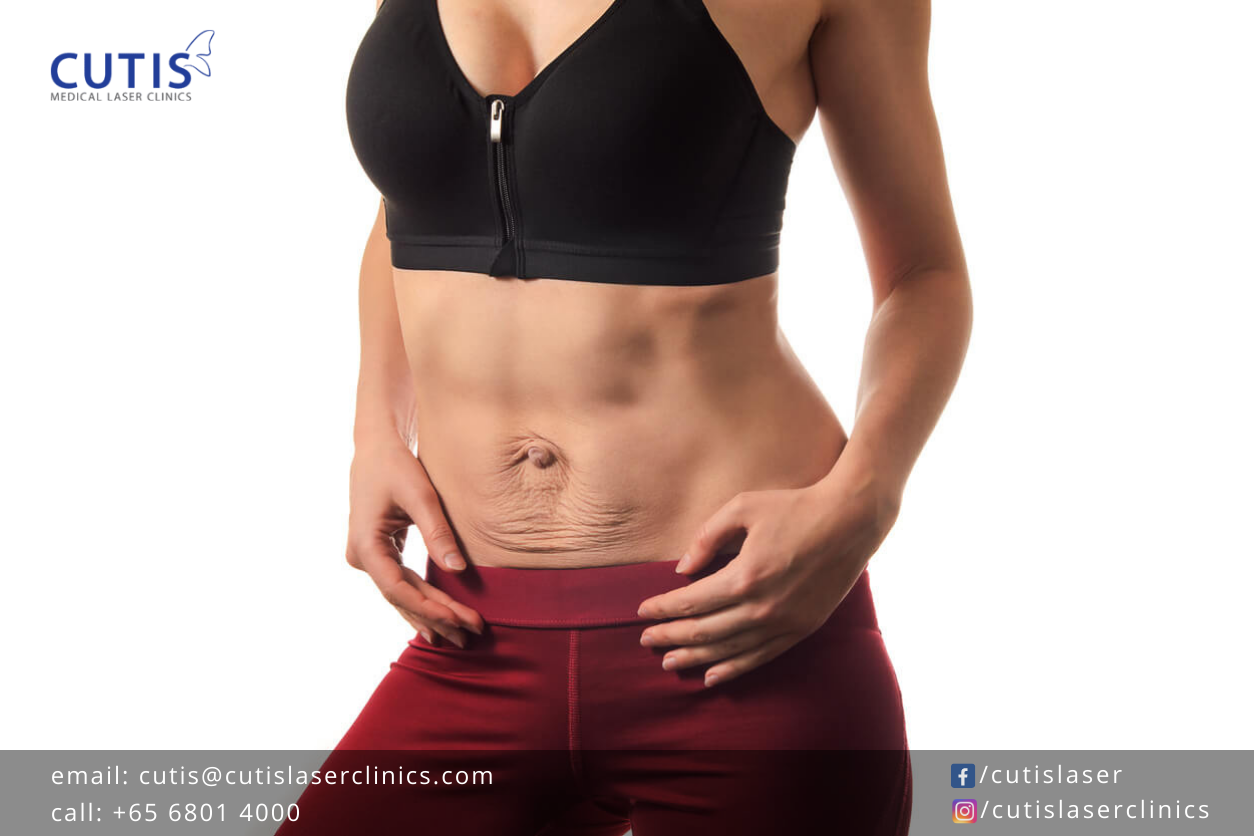 Diastasis recti is one post-pregnancy body concern that is often overlooked. It refers to the partial separation of the abdominal muscles that can result in a protruding belly pooch. Diastasis recti can happen to anyone, but it is more common in women, especially during and after pregnancy.
Diastasis recti is one post-pregnancy body concern that is often overlooked. It refers to the partial separation of the abdominal muscles that can result in a protruding belly pooch. Diastasis recti can happen to anyone, but it is more common in women, especially during and after pregnancy.
Why it happens
During pregnancy, the uterus stretches the muscles in your abdomen (right and left sides) to make room for your growing baby. This is why it is likely for pregnant women to see an indentation in the midline of their stomachs. While ab separation is normal after pregnancy, it is considered diastasis recti when the gap is substantial.
Although this condition is commonly associated with pregnancy, it can also happen to men and newborn babies. It can also be a result of performing excessive ab workouts or lifting heavy weights incorrectly. Obesity can also be an issue, as excess fat puts extra pressure on the abdominal muscles. This can cause them to separate and form a bulge.
Symptoms of diastasis recti
A rounded, protruding belly pooch is the most common symptom of diastasis recti. The bulge becomes more noticeable when your abdominal muscles are engaged or contracted. Other symptoms include:
- Lower back pain
- Poor posture
- Weak ab muscles
- Constipation
- Difficulty lifting objects
Risk factors
You are more likely to develop diastasis recti if you:
- Are petite
- Carry multiple babies at a time
- Have a larger baby
- Carry your baby at a later age
If you developed this condition in your previous pregnancy, you are likely to develop it again. A potential genetic factor can play a role too. You have higher odds of developing it if your mother had diastasis recti.
Can it resolve on its own?
Yes. Diastasis recti is likely to improve on its own over a period of six weeks to three months. There are, however, cases where it may persist long after your delivery. If you, for instance, have kept or regained healthy weight for more than a year after your pregnancy, but still has a full and protruding belly pooch, medical help may be needed.
What can help?
Physical therapy can improve the symptoms of diastasis recti, but it is advisable to work with someone who specializes in postpartum recovery. Tummy tuck with skin removal is also said to help with the condition, but it should be your last resort.
A non-invasive procedure that uses High-Intensity Focused Electromagnetic Energy (HIFEM) is worth considering if you’re not willing to go under the knife. You might be glad to know that using HIFEM provides reduction in diastasis recti, as well as improvement in muscle tone and increase in fat cell death.
At Cutis Medical Laser Clinics in Singapore, we have a non-invasive body shaping procedure that can help. ZField Dual uses electromagnetic energy that assists in core strengthening. It induces targeted muscle contractions that can help turn flabby areas of the body into toned muscles.
ZField Dual generates a strong inductive field, which enables around 27,000 contractions in a single treatment. This leads to the strengthening of muscle fibers, as well as improved muscle conditioning and a more toned appearance of the treated area. ZField Dual is particularly effective on the abdomen and buttocks.
Other benefits of ZField Dual:
- Lift and tighten buttocks non-invasively
- Help you achieve a six-pack without intense workouts
- Non-invasive and virtually painless
- Define, shape and tone different areas of the body
Schedule a consultation today
To learn more about ZField Dual and how it can help with body toning and diastasis recti, get in touch with us. Contact Cutis Medical Laser Clinics today and schedule a consultation with our aesthetic doctor to determine if it’s right for you.
- If you would like to be an informed patient, please contact us at +65-6801-4000 or
hello@cutislaserclinics.com. - Cutis Medical Laser Clinics, 9 Scotts Road Pacific Plaza, Scotts Medical Center #08-07, Singapore – 228210
+65-6801-4000 - hello@cutislaserclinics.com
